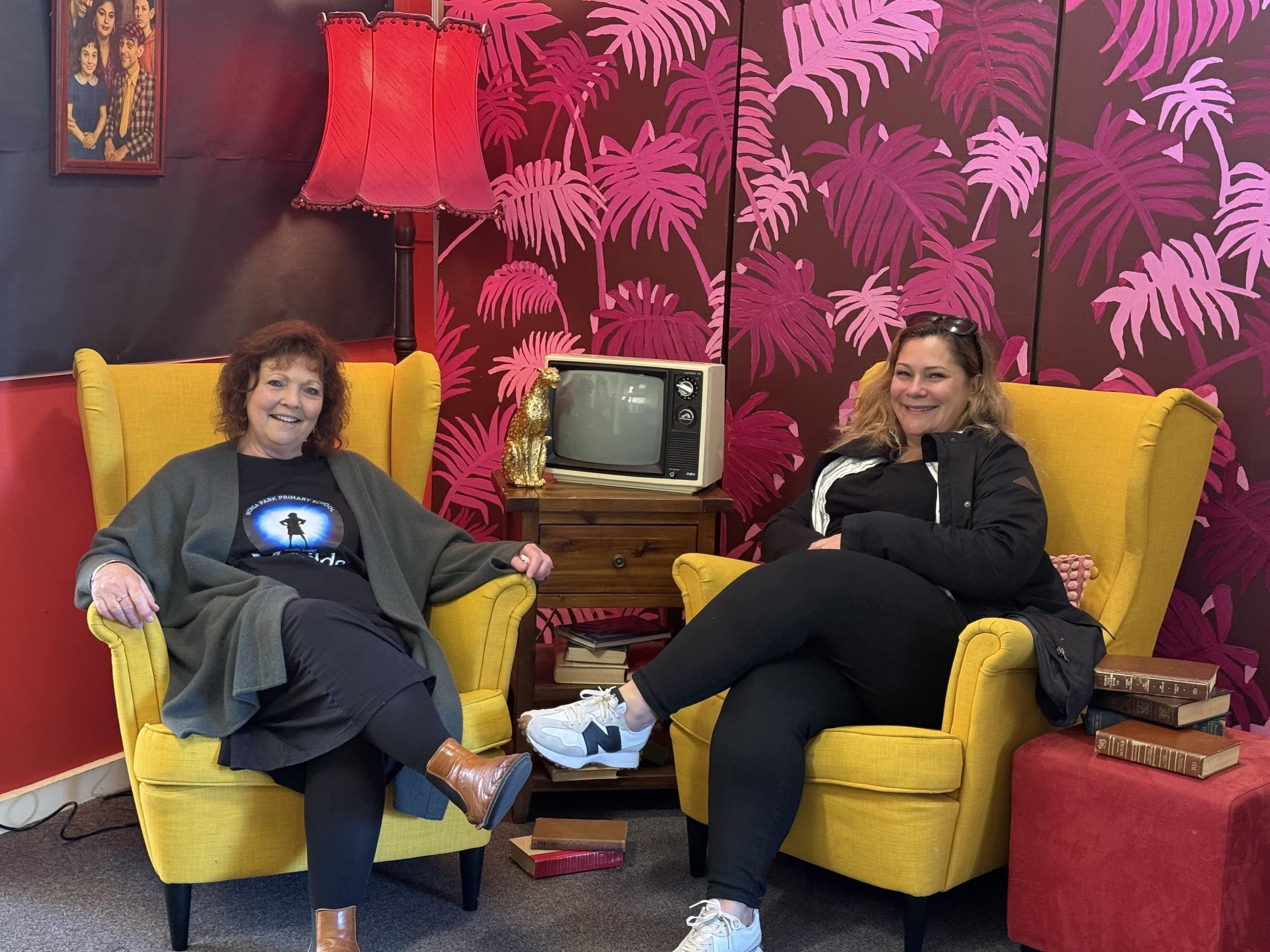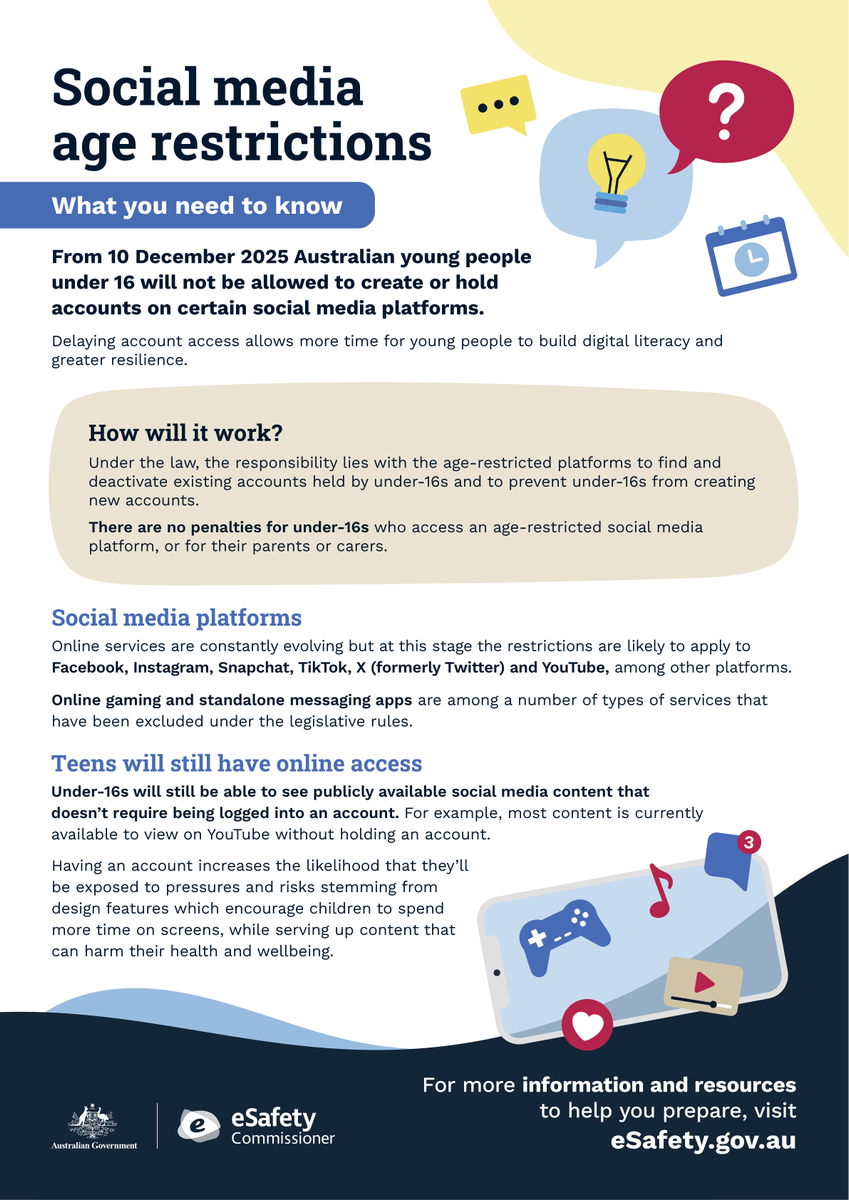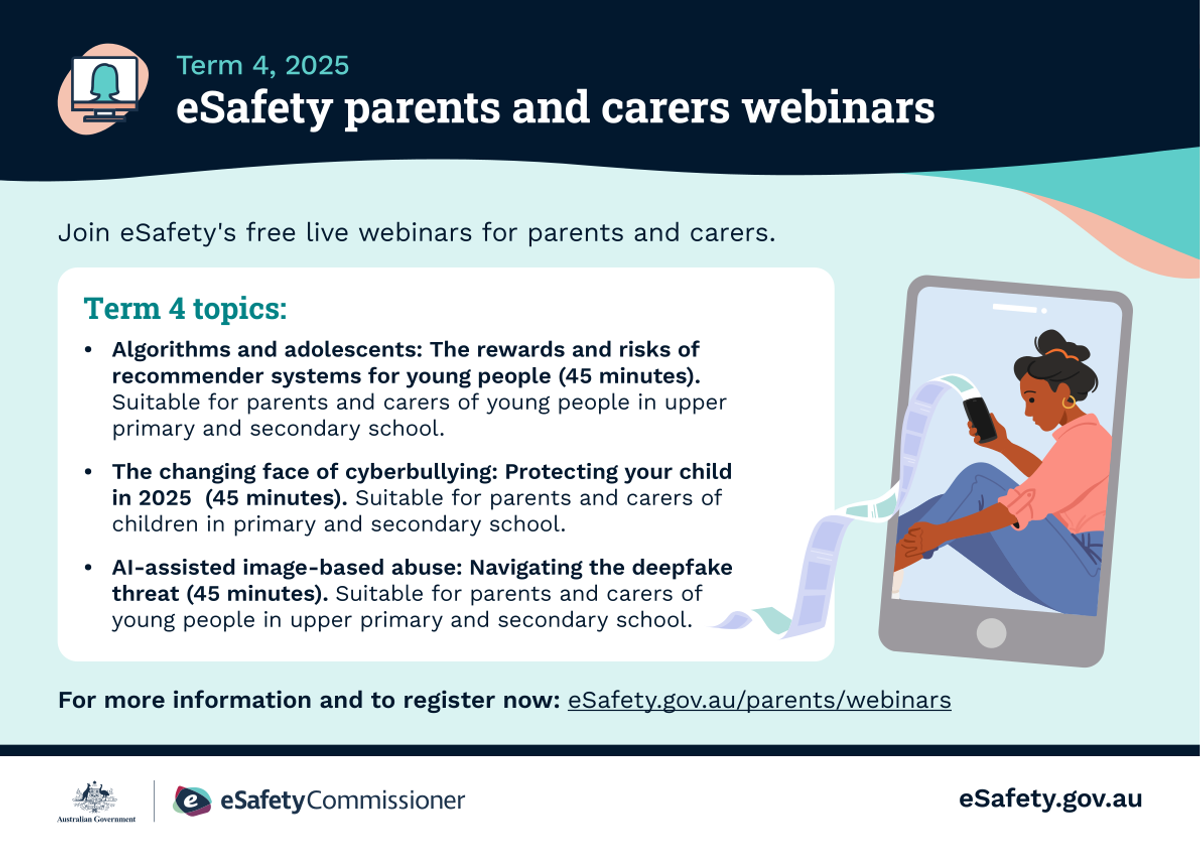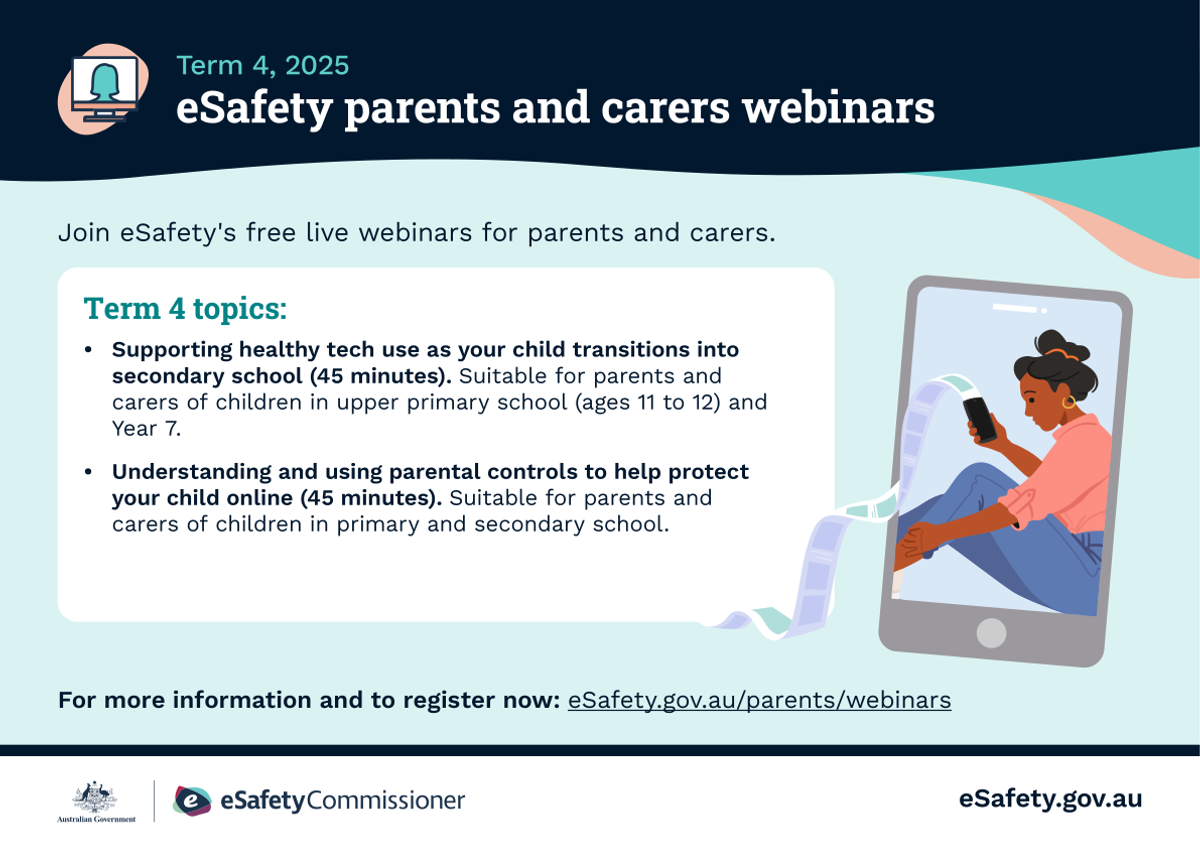Leadership updates and reflections

An update from Julie
Welcome back to Term 4. Hoping everyone has had a relaxing break.
It will be a busy few weeks preparing for the 130th celebrations on the 24th October, starting at 5:00pm. There will be lots of great things to do, see and buy. Check out the brochure that will be coming home this week. We look forward to seeing all of our families come along to join in the fun!
Over the holidays there have been several improvements made in the grounds with a new timber seat built around our oak tree, rocks placed in the drive through carpark as a safety measure, asphalting of the access onto the basketball court and at the northern end of both courts and rocks placed in Nadine’s Garden and the garden at the end of the colourful playground. Mulching and planting of these spaces will happen at the upcoming working bee and the installation of wooden benches, totem poles and yarning stools will take place before the 130th celebration. Please save the date for our final working bee for the year – Saturday, October 18th (8:30am – 12:30pm) when we will be getting our school looking amazing for the 130th celebrations.
Have a great week
Julie
An update from Adele
Finance Policies
As part of our compliance requirements with the Department of Education, schools are required to review key finance policies each year. We would like to inform our school community that the following finance policies have been reviewed and updated for 2025:
- Cash Handling Policy
- Electronic Funds Management Policy
- School Purchasing Card Policy
These policies guide the way we manage school funds responsibly and transparently. The updated policies are available on our school website. you are encouraged to read them,
School Policies updated so far in 2025
The following policies have been updated in 2025. The policies have been commicated through the newsletter/Wonga Weekly - you can read the policies on our website.
- Camps and Excursions Policy
- Cash Handling
- Communication with School Staff Policy
- Complaints Policy
- Electronic Funds Managment
- Photography, Filming and Recording Students Policy
- School Purchasing Card Policy
- Visitors Policy
The next policy that will be reviewed is the Bullying Policy - our Student Voice Leaders have reviewed the policy through their meetings, the Education Sub Committee will also review the policy early in Term 4.
Disability and Inclusion
Dyslexia Awareness Month
October is Dyslexia Awareness Month in Australia, it's important to understand and reduce stigma for students with dyslexia.
The Light It Red for Dyslexiacampaign, coordinated by the Code REaD Dyslexia Network. On 15 October, the Old Treasury Building in Melbourne will be illuminated red from sunrise to sunset to symbolise the urgency of recognising and supporting dyslexia. Red was chosen deliberately: many people with dyslexia recall being given schoolwork covered in red ink, often with negative marks. The campaign seeks to take back that colour as a sign of visibility and advocacy rather than shame.
What Is Dyslexia?
- The Australian Dyslexia Association (ADA) describes dyslexia as a brain-based difference in processing language, particularly written language.
- It exists on a continuum, mild to more severe and no two people’s dyslexia is exactly alike.
- Dyslexia is estimated to affect about 10% of the Australian population, though some sources suggest the real figure may be higher because many people are undiagnosed.
- Dyslexia is often linked with dysgraphia (writing difficulties) and dyscalculia (math-based learning difficulties).
Dyslexia is not a reflection of intelligence or effort. Many people with dyslexia are highly intelligent, creative, and capable, their brain simply works differently when processing written symbols, sounds, and language.
Some common indicators (which may not all be present) include:
- Difficulty mapping letters to sounds (phonics)
- Slow, laborious reading or writing
- Frequent spelling errors or letter reversals
- Trouble remembering sequences (e.g. days of the week, phone numbers)
- Avoidance of reading or writing tasks
To support students with dyslexia, the ADA and other expert sources emphasise certain instructional principles:
- Explicit, systematic, sequential instruction in phonemic awareness, phonics (sound-letter correspondence), decoding, spelling, and vocabulary.
- Multisensory methods (engaging sight, sound, touch/movement) to reinforce connections.
- Frequent, cumulative practice and scaffolding.
- Adjustments and accommodations: extra time, audio supports, text-to-speech or speech-to-text tools etc
Why This Matters
Early identification prevents years of struggle. The following points are important
- Equity of opportunity: many students with dyslexia remain undiagnosed because their needs are misunderstood or attributed to laziness, behavioural issues, or low motivation.
- Emotional wellbeing: students who struggle repeatedly may internalise negative self-beliefs. Understanding and supportive teaching helps protect their self-esteem.
- Tapping into strengths: many people with dyslexia have strong visual-spatial, creative, or problem-solving skills. Recognising the difference, not a deficit, opens pathways to engagement and success.
Online Safety
eSafety – Office of the eSafety Commissioner
Understanding the New Social Media Age Restrictions
As part of our ongoing commitment to supporting the wellbeing and safety of our students, I’d like to draw your attention to some important changes being led by the eSafety Commissioner regarding social media use for young people.
From 2025, social media platforms with age restrictions will not be allowed to let under-16s create or keep an account. This isn’t a “ban,” but rather a delay – giving young people extra time before engaging fully with social media.
Why the change?The design features of many platforms can encourage constant engagement – from disappearing content to endless notifications – which can place pressure on young people and contribute to reduced sleep, difficulty concentrating, and increased stress. By delaying access until 16, young people have the opportunity to build digital literacy, resilience, impulse control, and critical reasoning skills before being exposed to these risks.
The eSafety Commissioner’s new FAQ on Social Media Age Restrictions provides clear and accessible information about:
- What these restrictions mean
- Why they are being introduced
- How families can talk with children about the changes
- Resources to share in your community or workplace
The eSafety poster is below, and you can also explore the full range of resources (including flyers, presentations, and social media tiles) at the eSafety Commissioner’s website: Social Media Age Restrictions – FAQs.
As parents and carers, your role in guiding conversations about online safety is more important than ever. These resources are designed to help you talk with your child about the changes, understand the reasons behind them, and support safe and healthy digital habits.
Together, we can ensure our students have the skills and confidence to navigate the online world safely when the time is right.
Term 4 eSafety Commissioner online workshops
The eSafety Commissioner provides free webinars to parents and carers with the knowledge, skills, and tools to support their children to have safe, positive online experiences. Term 4 webinars are listed below:
Algorithms and adolescents: The rewards and risks of recommender systems for young people
Algorithms and AI are influencing how young people experience the online world. This 45-minute webinar explores both the benefits and risks of recommender algorithms, including how they affect the content young people see and what you can do to protect your child from the potential harms. It's suitable for parents and carers of young people in upper primary and secondary school. Learn more about this webinar.
15 October, 3:30 pm
AI-assisted image-based abuse: Navigating the deepfake threat
AI tools are evolving fast – and some are being misused in ways that can harm or exploit children and young people, including through the creation of deepfakes and digitally altered images. This 45-minute webinar covers how these technologies are being used, their impact, and how to support and protect your child. It’s suitable for parents and carers of upper primary and high school students. Learn more about this webinar.
21 October, 12:00 pm
Supporting healthy tech use as your child transitions into secondary school
This 45-minute webinar explores the social pressures, peer influences, and technological challenges young people face as they transition into secondary school. It also offers practical strategies for navigating online friendships and connections to help minimise negative experiences. It's suitable for parents and carers of children in upper primary school (ages 11 to 12) and Year 7. Learn more about this webinar.
18 November, 12:30 pm
Social media age restrictions explained – a guide for parents and carers
From 10 December 2025, certain social media platforms won’t be allowed to let Australian children under 16 create or keep an account. Join our 30-minute information session to understand the changes. Learn more about this webinar.
20 November, 12:30 pm
Sign up for the eSafety Newsletter to receive the latest online safety news, resources, and advice.
Warm Regards,
Adele


